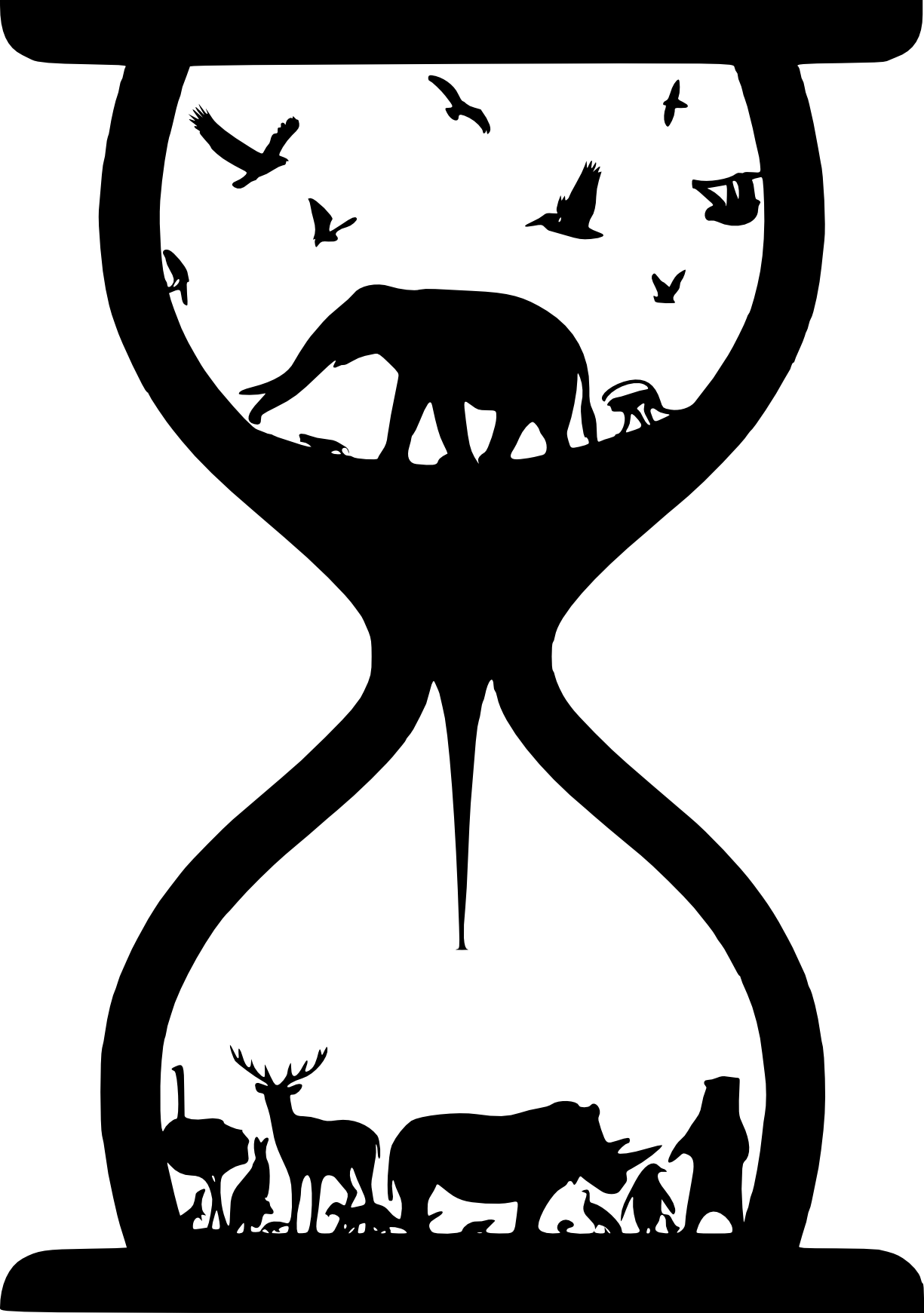
Research
Our groups main research focuses on understanding broad patterns in ecology and evolution. The broad nature of our reserch is often through the lens of body size including projects relating size and ecology to life history stratagies, time perception and venom potency. Our research also extends to using macroecological tools foe more applied questions, including developing models of trophic enricmnet factrs for stable istope analysis and more recently investigating the social and ecologicaly drivers behind de-extinction projects. See below for more detailed information on ongoing projects.
Patterns in life history strategies

The life history stratagy of a species is fundamental to understanding its ecology, evolution and how to implement conservation actions. Our research on the topic has rangeed from mapping out how life histroy stratagies vary across the animal and plant Kingdoms (Kelly et al 2021, Healy et al 2019) and how differnet ecologies and exteinction risks are associated with theese stratagies.

Current ongoing research on this topic includes IRC postgradute Amy Duclaux's investigation into the link between species with sexually selected traits, such as brightly coloured males, and fast paced life history stratagies and how these species may be under increased conservation risk.
 Not only can we quantify the abilties of a venom to subdue a prey item the abilties of venoms to do this various enrmously across the animal Kingdom, making it an ideal system to study macroecological patterns.
Not only can we quantify the abilties of a venom to subdue a prey item the abilties of venoms to do this various enrmously across the animal Kingdom, making it an ideal system to study macroecological patterns.
In our group we are intrested in studying how ecological and physiological traits are associated with venom production and potency and testing the importance of macroecological patterns relating to body size, and predator-prey dynamics (Healy et al 2019, Lyons et al 2020).
Current IRC Postgradute Keith Lyons is currently working on the ecological drivers of venom potency and yeild in spiders.
The enormous size and diversity of theropod dinosaurs raise many questions of how they survived in a world that bears little
 comparison to todays ecosystems. For example, what foraging behaviours must they have performed to meet their enormous energetic demands. One strategy theropods may have utilised is facultative scavenging.
comparison to todays ecosystems. For example, what foraging behaviours must they have performed to meet their enormous energetic demands. One strategy theropods may have utilised is facultative scavenging.
Stable isotopes analysis
 Discrimination factors are the change in the ratio of stable isotope due to processes such as digestion. Estimating these changes can be difficult to measure and are species specific meaning taxa level estimates are often the only available estimate.
My current project in this area is developing the SIDER package link, a Bayesian inference approach that estimates species specific discrimination factors. This R package is available on my GitHub page with a pre-print available on PeerJ (link to paper).
I am also interested in understanding how different physiological processes change these discrimination factors and also in using stable isotopes to infer different foraging strategies such as scavenging.
Discrimination factors are the change in the ratio of stable isotope due to processes such as digestion. Estimating these changes can be difficult to measure and are species specific meaning taxa level estimates are often the only available estimate.
My current project in this area is developing the SIDER package link, a Bayesian inference approach that estimates species specific discrimination factors. This R package is available on my GitHub page with a pre-print available on PeerJ (link to paper).
I am also interested in understanding how different physiological processes change these discrimination factors and also in using stable isotopes to infer different foraging strategies such as scavenging.
Ecology and evolution of temporal information processing
 The world isn’t always what it seems. The uniform yellow of a flower to us is a complex patterned landing strip to a bee and the passing blur of a bee to us is seen as a clear trajectory to some of its waiting predators.
How animals observe and perceive change, such as motion and in a sense time is a fundamental way we processing the environment in which we live. Although time may seem continuous it observed as a series of still pictures taken over the duration of an event. Such still images are costly for brains and other sensory systems to capture and process leading to species taking an economic view of seeing the world.
My research is interested in understanding when an animal should invest or reduce the ability to see the world at different speeds. In particular I am interested in understanding the role of body size and metabolic rate on Critical Flicker fusion, a measure of temporal information processing similar to camera shutter speed, across species.
So far I have used comparative methods to show that body size and metabolic rate influence the speed at which animals process the world. Future direction in this research area include the use of neural networks to better understand the evolution of this trade-off and how particular foraging strategies and ecologies may affect its evolution.
The world isn’t always what it seems. The uniform yellow of a flower to us is a complex patterned landing strip to a bee and the passing blur of a bee to us is seen as a clear trajectory to some of its waiting predators.
How animals observe and perceive change, such as motion and in a sense time is a fundamental way we processing the environment in which we live. Although time may seem continuous it observed as a series of still pictures taken over the duration of an event. Such still images are costly for brains and other sensory systems to capture and process leading to species taking an economic view of seeing the world.
My research is interested in understanding when an animal should invest or reduce the ability to see the world at different speeds. In particular I am interested in understanding the role of body size and metabolic rate on Critical Flicker fusion, a measure of temporal information processing similar to camera shutter speed, across species.
So far I have used comparative methods to show that body size and metabolic rate influence the speed at which animals process the world. Future direction in this research area include the use of neural networks to better understand the evolution of this trade-off and how particular foraging strategies and ecologies may affect its evolution.
 I have collaborated with this work as part of a UK NERC/BESS Tansley Working Group award. This resulted in two paper in Ecology letters with the second publication (Donohue et al 2016) also awarded the Innovations in Sustainability Award from ESA in 2017.
I have collaborated with this work as part of a UK NERC/BESS Tansley Working Group award. This resulted in two paper in Ecology letters with the second publication (Donohue et al 2016) also awarded the Innovations in Sustainability Award from ESA in 2017.